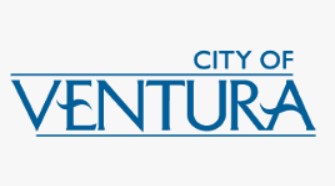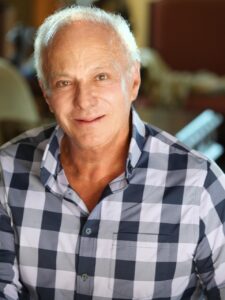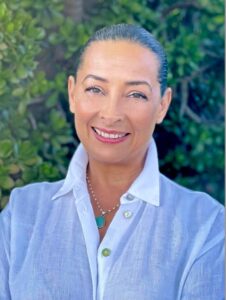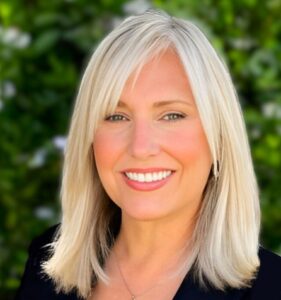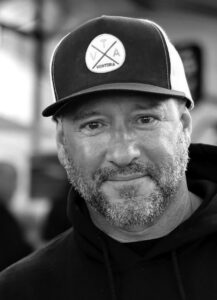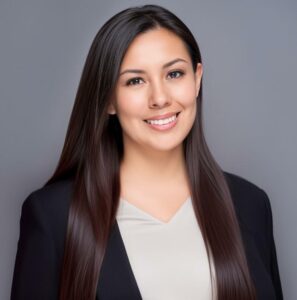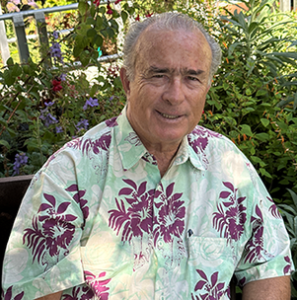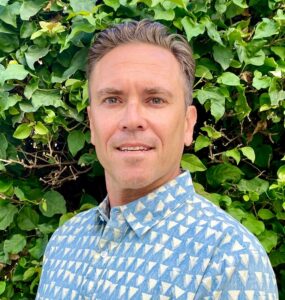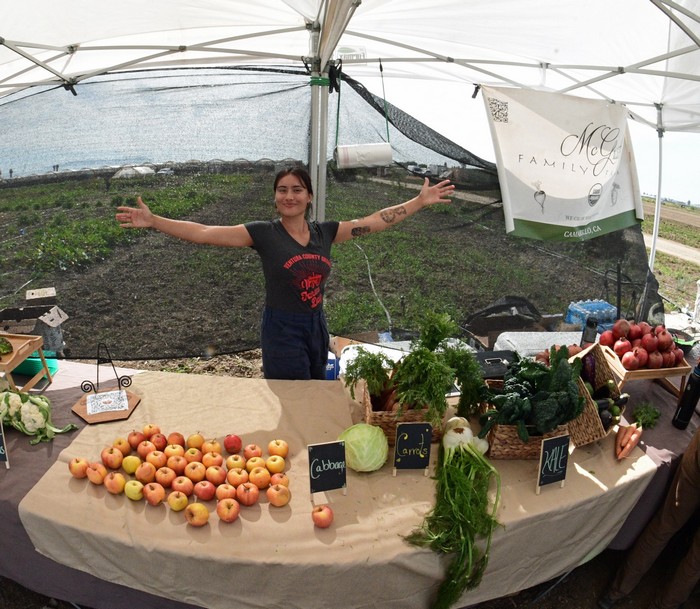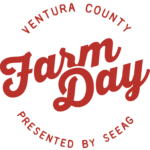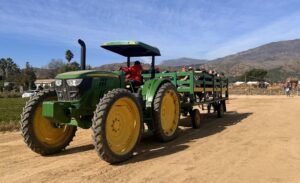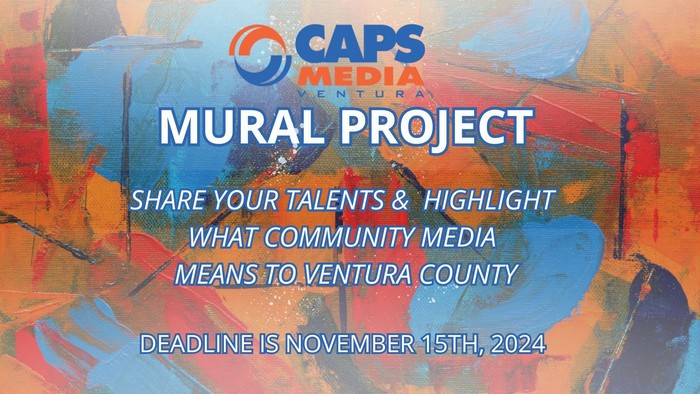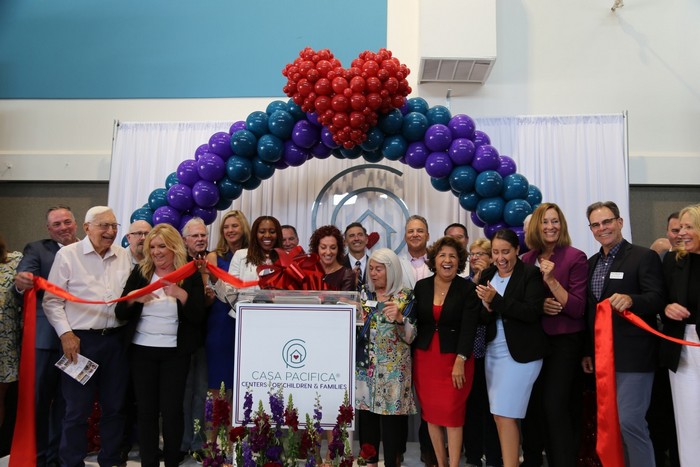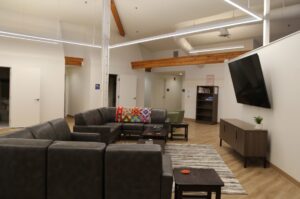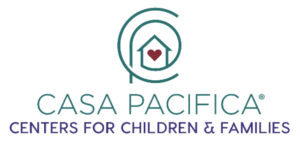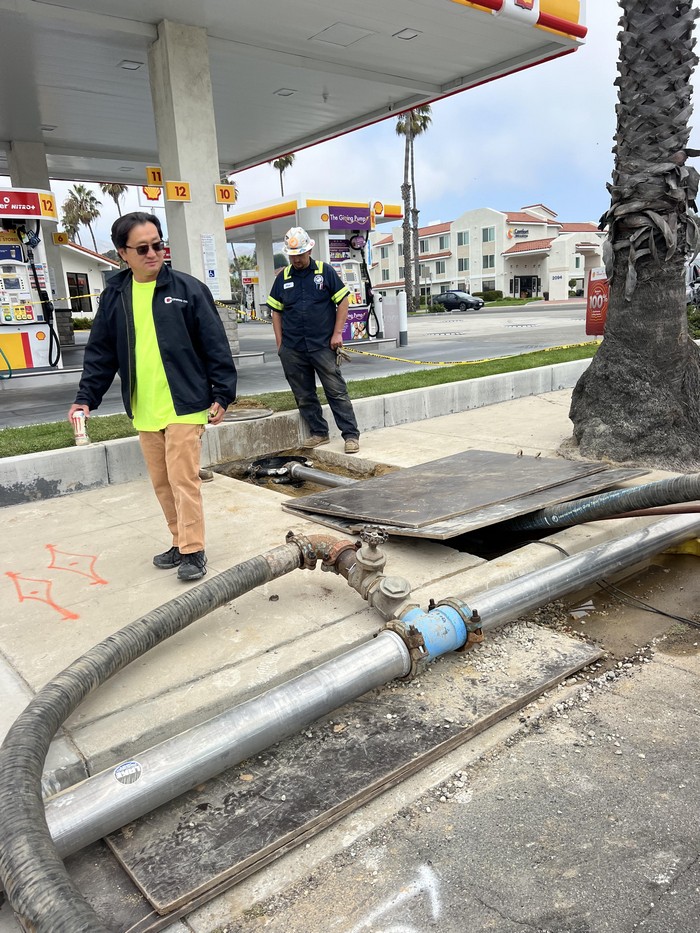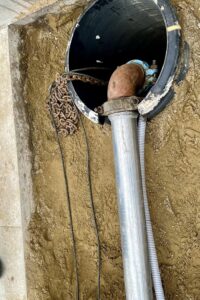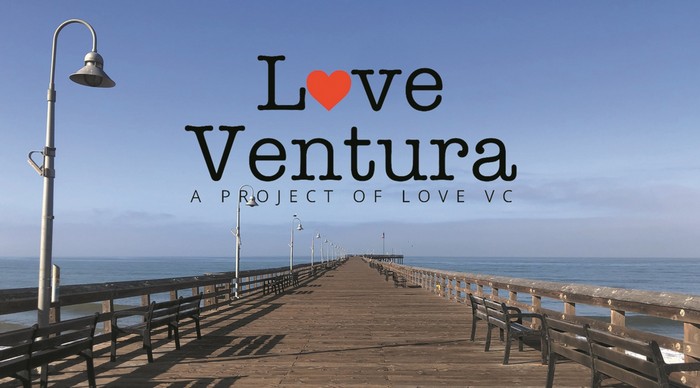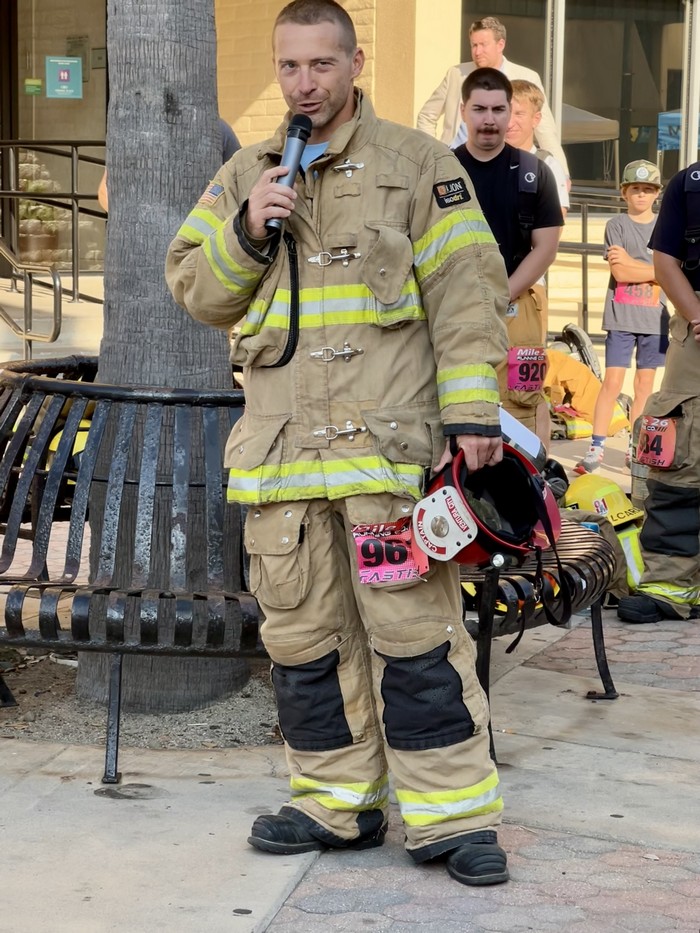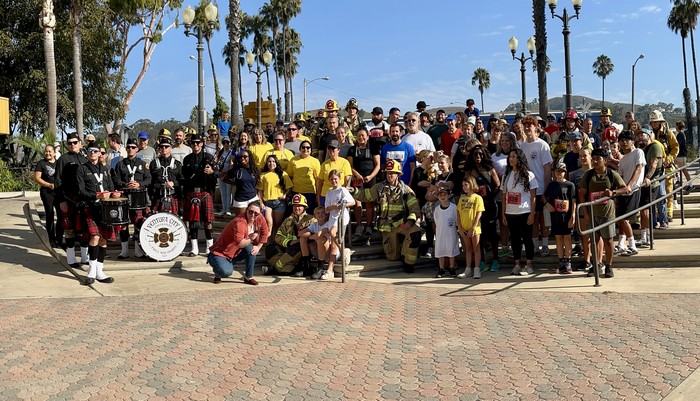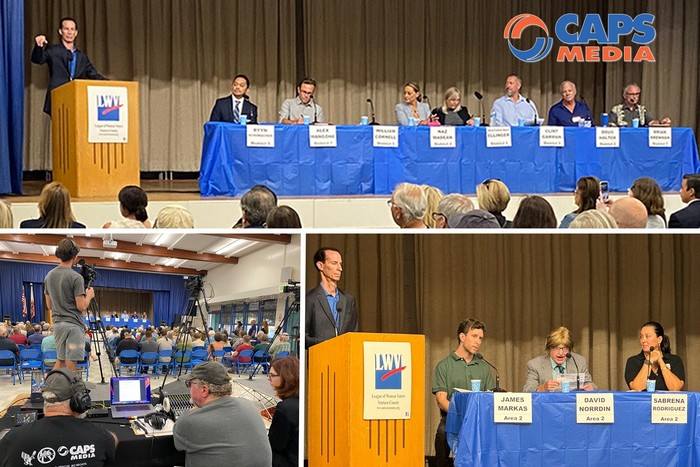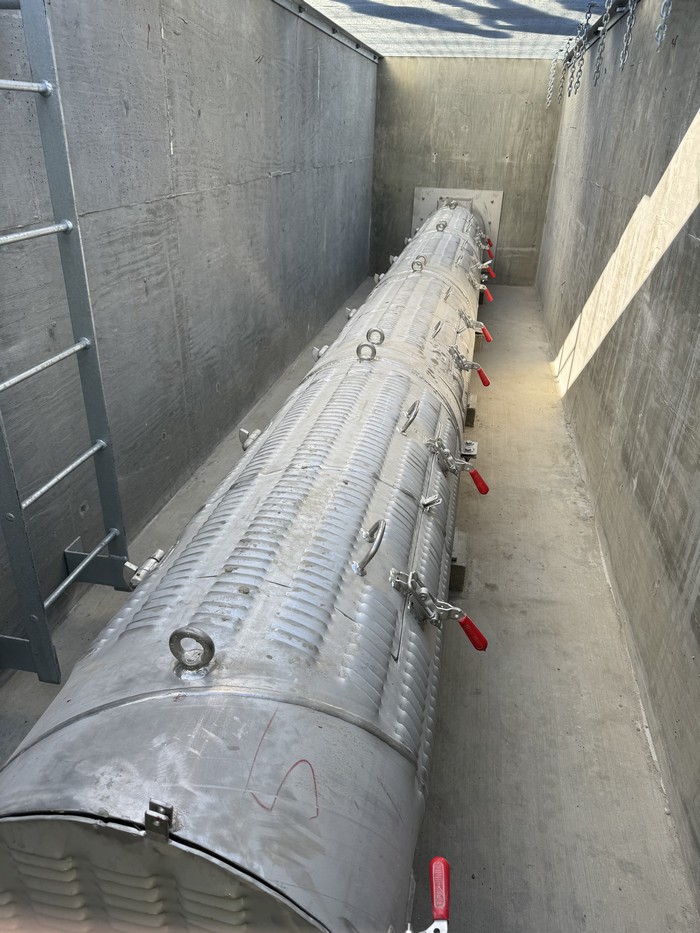On November 5, 2024, voters in Ventura’s Districts 2, 3, and 7 will cast their ballots to elect three City Council members for four-year terms. This important election coincides with the Ventura County Presidential General Election, making it a significant day for both our community and the nation. The candidates for District 2 are Doug Halter and Naz Madaen. For District 3, candidates are Heather May Ellinger, Clint Garman, Maricela Reyes, and Ryyn Schumacher. In District 7, the candidates are Mario “Alex” Mangone, and Brian Brennan.
Be sure to visit the candidates’ websites for more information and watch the candidate forum sponsored by the League of Women Voters, Midtown Ventura Community Council, and the College Area Community Council: www.capsmedia.org.
District 2 Candidates:
Doug Halter
www.DougHalter.com
I’m Doug Halter and those of you who know me know that my greatest passion throughout the last 38 years has always been the city of Ventura; overcoming challenges and adding to our quality of life, taking ideas and dreams and using hard work to make many of them a reality including,
The 5 businesses, Randy Encinas I started in Ventura, not the least of which is HE Landscape which today has over 60 employees.
In turn, I restored several historic buildings for adaptive reuse and went on to build my own home which we share with the community for many functions and events.
I have also worked with other passionate citizens of Ventura to bring needed services and ideas to reality that made our community even better:
- Created AIDS Care and AIDS Partnership to help provide services to our community.
- Helped Resurrect the Historic Preservation Alliance to save our historic downtown and then followed up by forming the Downtown Community Council to bring back our historic core.
- My commitment to the Cultural Arts has been more about community building and bringing people together not just enjoyment and entertainment. This led me to help create the Ventura Music Festival, Rubicon Theater, and then actively promoting our downtown core as our Cultural Center Soon thereafter, with a few good friends we started the Ventura Botanical Gardens.
In addition to this partial list of accomplishments, I also was on boards for the Ventura Visioning effort in 1999, CAPS formation, Social Justice Fund for Ventura County, creating the Shaw Historic block in downtown and served on Parks and Recreation during the term we planned and brought forward our Community Park.
I am so humbled and honored to have participated in many ways over the years to build community and add quality of life for the community I love.
Forming relationships, collaborating, building bridges and visualizing a better future is what I excel at. Which is why I’m honored to have the respect and endorsements from a wide range of organizations throughout our community as well as many leaders including Ventura Police Officers Association, Ventura Firefighters Association, Central Coast Labor Council, Service Employees International Union #721, Ventura Chamber of Commerce and many of the Ventura County Democratic Clubs.
Leaders partial list:
Julia Brownley, Congressional member for District 26; Steve Bennett State Assembly Member District 38; Monique Limon State Senator for District 19; Jacqui Irwin, State Assembly member District 42; Matt Lavere, Ventura County Supervisor District 1; Veaney Lopez, Ventura County Supervisor District 2; Joe Schroeder, Mayor of Ventura; Dr. Jeanette Sanchez Palacios, Ventura Deputy Mayor; Carl Morehouse, Past Ventura Council member; Brian Brennan, Past Ventura Council member; Hannah-Beth Jackson, Past State Assembly and Senate member; Dan Long, Ventura County Fair Board President; Betsy Chair, Ventura County Fair Board Member.
I have seen the effects of years of cutting services and deferring maintenance to balance our budget. We need to change that paradigm to one that creates a more prosperous future that enhances what we love about our community and doesn’t sacrifice it.
My top 3 priorities are Affordable housing and design standards; Bringing jobs back to Ventura for the 73% of our workforce that leaves Ventura each day can work here at home; Raising our standards for our infrastructure
By working together and rebuilding trust and respect throughout our community we will find the solutions for a better tomorrow. I look forward to working together to make our community the model for many others to follow.
Naz Madaen
www.NazforVentura.com
I am Naz Madaen, and for 21 years, Ventura has been my home. As a former business owner, school administrator, volunteer, and dedicated mother of three, I’ve witnessed firsthand the changes affecting our city. The Ventura we cherish is at risk.
Our voices must guide the policies shaping our future. Ventura deserves a City Council that prioritizes residents’ needs over political agendas. Strengthening neighbor-to-neighbor relationships, engaging our youth to have a voice in their future here and increasing involvement in city decision-making are essential to preserving our culture so the Ventura we know does not slip away.
Our district faces the challenges of wildfire risks and preparedness, a new proposed trail system on our hillside whose impact on wildlife, traffic, and safety have not been evaluated, city development that is not in line with the spirit of Ventura, and the fate of an open or closed Main Street. All of these require thoughtful and holistic considerations, because while these issues start in District 2, how we address them will affect all of Ventura.
Vote Naz Madaen for City Council District 2. Together, we can make a meaningful difference in
Ventura. Let’s focus on real issues, effective solutions, and prioritize community benefit over politics.
District 3 Candidates:
Heather May Ellinger
www.heathermayforventura.com
As residents of Ventura, we are so fortunate to be surrounded by beautiful beaches and sprawling hillsides. Our eclectic city is full of historic landmarks that add to its unique and charming character.
I have lived here for over 30 years and have amazing memories of raising my children in what I used to call Mayberry by the sea. In that time our town has seen tremendous growth and change.
Unfortunately, Ventura has been in decline for years. Our city is inundated with issues, from our pothole-ridden roads, aging infrastructure, high crime rates, and high homeless rates, to the high costs of living and the over-development of our beautiful town.
Our city needs balanced, sensible leadership. From day one, I will efficiently work to bring positive results on critical quality-of-life issues and local concerns.
I am grateful to have the support of residents and businesses throughout Ventura. I am also endorsed by current and former elected officials throughout Ventura County.
Your support means the world to me! I am available to discuss all matters related to Ventura. Thank you for your consideration. I look forward to hearing from you!
Clint Garman
www.electclintgarmanventura.com
I am honored to announce my candidacy for Ventura City Council, driven by a profound dedication to our community as a fifth-generation Venturan. With a pragmatic, centrist approach to city governance, I aim to guide Ventura through crucial decisions that will shape our future.
My background spans pivotal roles at the County of Ventura & as a former Mayor of Santa Paula, providing me with a deep understanding of city management and infrastructure. Additionally, owning Garman’s Irish Pub for over a decade has afforded me invaluable insights into the challenges facing small businesses.
As a co-vocational pastor, I am committed to serving both God & our community, underscoring my commitment to the well-being of Ventura’s residents. Having grown up on Ashwood Avenue and graduated from Anacapa Middle School, Buena High School, and Ventura Community College, I have a personal stake in our city’s evolution. My children attended local schools, reinforcing my connection to our educational system and community life.
I pledge to pursue smart growth initiatives that preserve Ventura’s unique character while enhancing its livability. Guided by a vision of prosperity for future generations, I humbly ask for your support in this endeavor to nurture Ventura—a place we proudly call home.
I am honored to announce my candidacy for Ventura City Council, driven by a profound dedication to our community as a fifth-generation Venturan. With a pragmatic, centrist approach to city governance, I aim to guide Ventura through crucial decisions that will shape our future.
My background spans pivotal roles at the County of Ventura & as a former Mayor of Santa Paula, providing me with a deep understanding of city management and infrastructure. Additionally, owning Garman’s Irish Pub for over a decade has afforded me invaluable insights into the challenges facing small businesses.
As a co-vocational pastor, I am committed to serving both God & our community, underscoring my commitment to the well-being of Ventura’s residents. Having grown up on Ashwood Ave. & graduated from Anacapa Middle School, Buena High School, and Ventura Community College, I have a personal stake in our city’s evolution. My children attended local schools, reinforcing my connection to our educational system and community life.
I pledge to pursue smart growth initiatives that preserve Ventura’s unique character while enhancing its livability. Guided by a vision of prosperity for future generations, I humbly ask for your support in this endeavor to nurture Ventura—a place we proudly call home.
Maricela Reyes
www.MaricelaReyesForVentura.com
I am running for the Ventura City Council to represent District 3 because I believe in keeping our community safe, clean, and affordable for all residents. Born and raised in Ventura County, I have deep roots in our community and a strong commitment to public service.
As a Sustainability Program Administrator for the County of Ventura, I work every day to support initiatives that enhance our quality of life, protect our environment, and promote economic growth. With a Master of Business Administration (MBA) from California Lutheran University and a Bachelor of Arts in Sociology from the University of California, Los Angeles (UCLA), I bring a well-rounded perspective and the skills needed to navigate the complex challenges our city faces.
Throughout my career, I have dedicated myself to serving others, beginning with my work supporting foster youth and continuing through my current role in the public sector. I understand the importance of creating opportunities and ensuring equity for all members of our community.
At 34, I am proud to bring a youthful and enthusiastic perspective to the City Council, along with the experience and knowledge gained from years of public service. As a mother, I am deeply invested in creating a better future for our children and ensuring that Ventura remains a place where families can thrive.
I am committed to working tirelessly on behalf of District 3, and I humbly ask for your support in this election. Together, we can build a stronger, more vibrant Ventura for generations to come.
Ryyn Schumacher
www.ryynforventura.com
My name is Ryyn Schumacher. When my family and I moved to Ventura, I instantly fell in love with this city. Not only was I struck by the beauty and recreational opportunities we have, but most importantly, I love the community of people who care.
I’m running for city council because I recognize that our city is facing significant challenges ahead. We’ve had uncertainty in our city government with numerous staff transitions, our streets have potholes we can’t avoid, and many of us are worried about those suffering from homelessness.
Now, more than ever, we need a city council that will provide bold leadership and creative solutions.
My 20 years of experience in public health, social services, and business leadership will inform my decisions at city hall. I have a proven track record of collaborating with community organizations and government agencies (like the CDC, FDA, and CDPH) to address complex issues, like homelessness. I’m more motivated to tackle this issue than any other candidate because when I was teenager, my family and I were homeless for 4 years. Not only will I help our unhoused community, but I will also work to prevent homelessness by working on solutions for renters and housing affordability.
As a husband, homeowner, and product of a working-class, immigrant family, I know what it means to work hard and remain resilient. With my MBA from Pepperdine University and experience as the National Executive Director for the Federation of the Philippine American Chambers of Commerce, overseeing 41 chambers throughout the country, I know how to build communities. By leveraging the industries we already have and investing in women-owned and minority-owned businesses, we can enhance the diversity we offer in Ventura. Because diversity is our strength, and inclusivity is our responsibility. That’s why I’m dedicated to fostering an inclusive community of people where everyone feels welcome, valued for their contributions, and empowered to thrive in our city.
I’m the only candidate in District 3 endorsed by the Democratic Party… AND I pledge to work with all Venturans because the issues challenging our families do not have a party preference. Every pothole affects us all. Every senior displaced by high rents is a neighbor that we don’t want to suffer. We are a great city because we value each other as one community.
I love Ventura and when you love something you protect it and care for it. So when you vote this fall, vote for the candidate that will stand for you and not abandon our city when things get hard. As a public health official, I am the only candidate that has direct emergency management experience in working with public safety (law enforcement and fire departments) during fires, floods, and health emergencies to protect and care for communities. Our full-service city needs a council member that has deep knowledge of and an even deeper commitment to leadership.
Join US Congressman Salud Carbajal, CA Assemblymember Steve Bennet, our current District 3 Councilmember Mike Johnson along with an increasing list of your friends and neighbors, including the Ventura Unified teachers, nurses and healthcare workers, law enforcement, and labor unions across this city, in supporting me as your next city council member representing District 3.
For the health of our environment, to protect our unique quality of life, and to ensure equity for all of our neighbors, Vote Ryyn Schumacher for Ventura City Council, District 3. Let’s build the strong, vibrant Ventura we all deserve. I hope you will join me.
District 7 Candidates:
Brian Brennan
www.brennan4ventura.com
When I served as your mayor and city council member several years ago, I was confident that our accomplishments, in collaboration with staff, business and environmental communities, and social services, would prepare our city for a sustainable future. We worked with over 5,000 citizens on a vision that reflected our values and priorities and provided a road map for a thriving economy and well-maintained infrastructure. We recognized that we needed to pay close attention to resource management, affordable housing and coastal protection while addressing drought and climate change.
Unfortunately, after the pandemic and unprecedented turnover in staff and management, the policies we left in place have eroded and our city council has been hard-pressed keeping up with the challenges we face, particularly housing costs, street and sidewalk maintenance, water rate increases, and economic development. We can do better.
I am running for City Council because I firmly believe experience and leadership matter. In addition to my years on council, I am a 38-year resident and have worked with two Ventura County supervisors, served as Casitas Municipal Water District Director, Coastal Commissioner, Port District Commissioner and have significant experience in private sector business development and environmental protection. Let’s work together for our future.
Mario “Alex” Mangone
www.alexforventuracouncil.com
I feel compelled to run for Ventura city council and represent the town I love. I look forward to being connected to the community in city hall, not only for my neighbors in District 7 but also for all city-wide residents.
I am a regular face at City Council meetings, where I have spent countless hours and late nights learning our processes and staying informed over the years. My desire to gain knowledge about our city government has led me to attend many committee and commission meetings, including Design Review, Planning Commission, and Water Commission meetings, to name a few.
As a Ventura native, I feel connected to this land. I have spent my life surfing our beaches. I attended our public schools, including Buena High School. I come from a family of working-class small business owners and tradesmen. My natural path was to attend Ventura College, where I participated in their machinist program and worked towards an AA degree. I have been in the trade for 25 years, and I pride myself on being a business owner along with over 11,000 other business license holders in the city. I have lived all over Ventura, from downtown to the east end, throughout my lifetime. For almost 10 years, my Wife and I, along with our two children, have made Midtown our forever home.
Ventura is one of the last unique coastal California beach communities. We are proud and protective of our hillsides and agricultural resources, and we see the potential for growth that benefits our community. As one of only 125 charter cities in California, we have the power as a community to create our own path into the future. I am committed to preserving our unique identity while fostering responsible growth that meets our community’s needs.
There’s a lot happening in Ventura, and I’m excited to be a part of it. Starting this summer, I will be hosting a series of events and meet-and-greets to continue building connections with my community. Until then, I encourage you to reach out and contact me. Your voice and your concerns are important to me.
